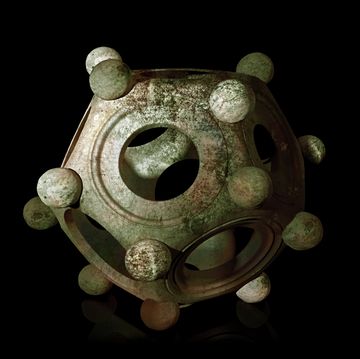- Tardigrades are well-known for their amazing survival skills, and scientists are exploring whether some of those impressive abilities could help humans.
- A new study from the University of Wyoming discovered that certain proteins (used by tardigrades to enter biostasis) created gels in human cells that slowed down its metabolisms.
- This discovery could lead to breakthroughs in slowing the aging proces,s as well as storage technologies for human cells.
Tardigrades, also known as water bears, are the undisputed champs at being awesome. These microscopic lifeforms are pretty much everywhere, they can pause their biological clock, and they can thrive in some of the harshest conditions imaginable—including outer space. Now, scientists from the University of Wyoming (UW) are investigating if some of the tardigrades’ biological gifts could help us humans.
In a new study published in the journal Protein Science, UW Senior Research Scientist Silvia Sanchez-Martinez and her team—which included scientists from the around the U.S. and Europe—discovered that tardigrade proteins could effectively slow down molecular processes when expressed in humans cells, which could be great news for those interested in slowing the aging process (and who isn’t).
These proteins are a tardigrade’s secret weapon. They form gels inside of the water bears’ cells, which allows them to enter a state of suspended animation, or biostasis. While in this state, tardigrades have been seen to be capable of surviving extreme temperatures ranging anywhere from -328 degrees Fahrenheit to in excess of 300 degrees Fahrenheit. And if that wasn’t impressive enough, they can also be irradiated several thousand times beyond what a human could withstand.
“Amazingly, when we introduce these proteins into human cells, they gel and slow down metabolism, just like in tardigrades,” Sanchez-Martinez said in a press statement. “Furthermore, just like tardigrades, when you put human cells that have these proteins into biostasis, they become more resistant to stresses, conferring some of the tardigrades’ abilities to the human cells.”
Of course, entering biostasis is one thing, but ideally you’d also want to exit such a condition once things returned to a more livable climate. Well, Sanchez-Martinez and her team also discovered that those protein-induced gels dissolve away in human cells once the external stress—whether extreme heat, cold, or some other life-risking situation—is relieved. The human cell then returns to its normal, tardigrade protein-free metabolic state.
Exploring these remarkable abilities of tardigrades for biomedical purposes isn’t a new concept. Entire reviews on the idea have been published in recent years, and another UW study published last year showed that tardigrade proteins could be crucial to creating pharmaceuticals to help those with treating people with hemophilia.
And no, humanity is not on the cusp creating some form of a human-tardigrade hybrid capable of great feats of desiccation, resuscitation, and deep-space survival. But if we’re being perfectly honest, we’d watch that movie.
Darren lives in Portland, has a cat, and writes/edits about sci-fi and how our world works. You can find his previous stuff at Gizmodo and Paste if you look hard enough.













